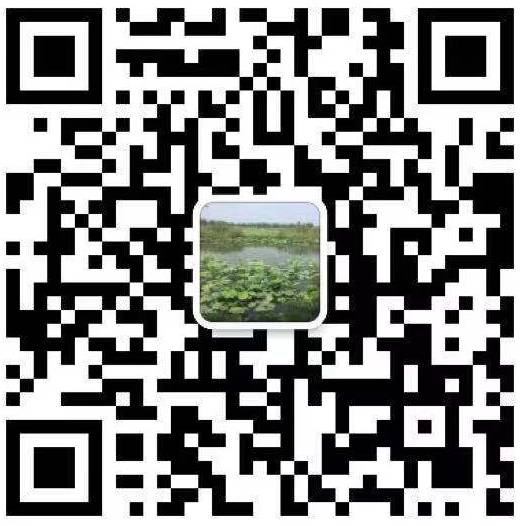The purpose of using thermal resistance for cold end temperature compensation is to improve the accuracy and stability of temperature measurement.
The cold end temperature compensation of thermoelectric resistance is necessary because in actual measurement, the cold end of the thermocouple (i.e. the other end of the measurement end) is usually below room temperature, and theoretically, the cold end of the thermocouple should be measured at 0 ℃ as the standard. Due to the cold end temperature not being 0 ℃, the thermoelectric potential difference will decrease, resulting in inaccurate measurement results and errors. To reduce this error, certain compensation measures need to be taken, namely cold end temperature compensation.
The methods of cold end temperature compensation include but are not limited to:
Cold junction constant temperature method: By keeping the cold junction at a constant temperature, the influence of temperature changes on thermocouple measurement is reduced.
Voltage compensation: By connecting a bridge composed of a thermistor in series at the cold end, the resistance value of the thermistor in the bridge changes when the temperature at the cold end changes, thereby adjusting the voltage at both ends of the bridge to compensate for measurement errors caused by temperature changes at the cold end.
Software algorithm compensation: using algorithms in computers or embedded systems to compensate for temperature measurements. By measuring the cold end temperature and using specific mathematical models and compensation algorithms, the output of the temperature sensor can be adjusted in real time to achieve cold end compensation.
Environmental isolation: In some cases, the cold end of the temperature sensor is isolated from the temperature measurement environment to reduce the impact of cold end temperature changes on temperature measurement.
Thermal stack compensation: Cold end compensation is achieved by measuring the temperature difference between the cold end and the thermal stack, providing accurate cold end temperature information for adjusting the temperature sensor output.
These methods require accurate measurement of the cold end temperature and adjusting the output of the temperature sensor according to its changes to eliminate or reduce the impact of cold end temperature changes on temperature measurement, thereby improving measurement accuracy and stability.
Once a cold end compensation method is established, the compensation output voltage must be converted to the corresponding temperature. A simple method is to use the lookup table provided by NBS. Implementing the lookup table in software requires memory, but the lookup table provides a fast and accurate measurement solution for continuous repeated queries. The other two methods for converting thermocouple voltage into temperature values are more complex than lookup tables. These two methods are: (1) using polynomial coefficients for linear approximation, and (2) simulating linearization of the thermocouple output signal.
Software linear approximation only requires pre-determined polynomial coefficients and does not require storage, making it a more universal approach. The disadvantage is that it takes a long time to solve multi order polynomials, and the higher the polynomial order, the longer the processing time, especially in situations with a wide temperature range. When the polynomial order is high, the lookup table provides a more accurate and effective temperature measurement scheme.
Before the emergence of software testing schemes, simulated linearization was often used to convert measured voltage into temperature values (in addition to manual lookup table retrieval). This hardware based method utilizes analog circuits to correct the nonlinearity of thermocouple responses. Its accuracy depends on the order of the corrected approximation polynomial, and this method is still used in current multimeters that can test thermocouple signals.
Contact: Kevin
Phone: +8615189522935
Tel: +86-517-86800063
Whatsapp: +8615189522935
Email: sales@xfmeter.com
Add: No.118 HengyangNanRoad, Jinhu County, Huaian,Jiangsu, China
We chat
